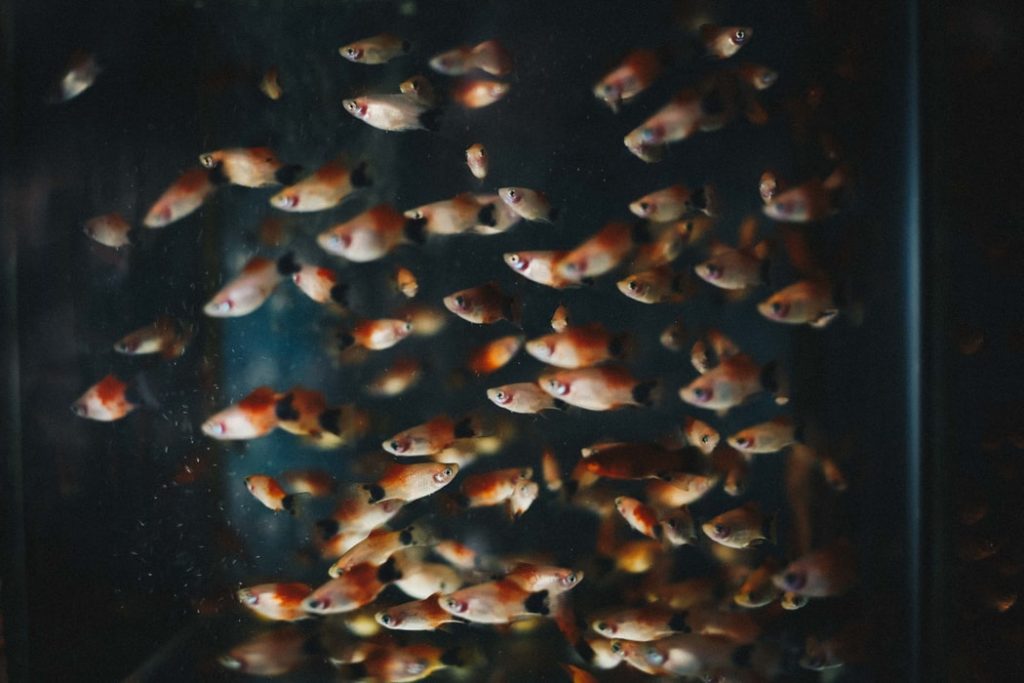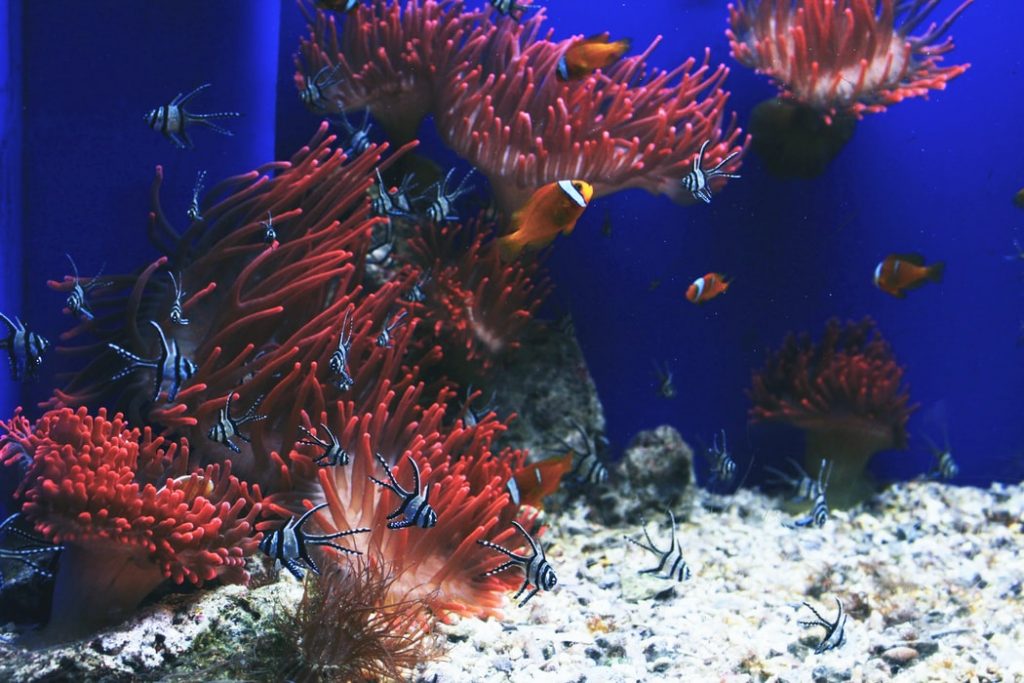On May 6, 2020, my dear friend Bong Inchoco, who has been residing in the East Coast in the US for more than a decade, sent a message to our Viber group chat, asking, “Is this true?”
This was in relation to a report that at 2PM on that particular day, his hometown, Butuan City, recorded a scorching of 53°C. I could not really verify what the temperature was on that day as I didn’t have the means at that time, but a report said Manila was at a very high 46°C at noon. All I can tell him was, “Bong, it is really hot here!”
Trending temperatures
Yes, we are at that time of the year when we feel the scorching heat of summer. I remember my Social Studies teacher in grade school saying that we had two seasons in the Philippines; dry and wet. Well, we certainly are not in the wet season, considering how hot it has been.
Lately, I have noticed too that across many only pages dedicated to fish enthusiasts, Filipinos have been sharing stories about their fishes dying due to high temperatures. Water temperatures between 35° to 37°C have been recorded, with tragic results.
You see pictures of dead fishes one after another, their anguish obvious in their social media pages. The heat of summer has been causing water temperatures in tanks to reach very high levels, which are simply too much for our fishes to handle.
On the Facebook page for Philippine Cichlid Association (PCA), there was one week when at least six people posted pictures of their dead fishes. This became a trending issue at the time, demanding new conversations. Has it really been that hot that fishes are dying?
“Is your tank outside?”

This seems to be a common question thrown at thread-starters if they post pics of their fishes being killed by soaring temperatures. Sadly, a positive reply results in a conclusion that the cause of the problem is the outdoor setup. While we are indeed at that time of they year when temperatures skyrocket, having a tank outdoors does not always translate to water temperatures reaching dangerous levels.
I, for one, can attest that my fish room – a shed with no ceiling insulation – is located outdoors. In the summer, it gets too warm for me to stay there in the early afternoon. But because it is located under a huge caimito tree, the highest water temperature I recorded in the tank this summer was 30°C. That was perfectly fine for the fishes.
My friend’s tanks are located on his patio, located in an area exposed to the elements. He, too, never had problems with his water temperatures hitting over 30°C.
Both places had controlled temperatures and good ventilation even if they were located outside the house. The water temperatures do not rise to dangerous levels.
Climate crisis
It seems apparent that the Philippine climate has affected how Filipinos care for their fishes. Many years ago, we never used heaters in colder months. Yes, the nights were chilly, but our fishes would make it through the cold months.
Come summertime, it was hot, but our fishes didn’t die.
Generally, temperature was not a concern in caring for fish in the past. One could care for fish all year round back then.
But nowadays, extremes in temperature are becoming a serious problem. Looking at the bigger picture, does this mean climate change is starting to affect us too much?
Under the sun
One foregone conclusion is that the sun’s rays would heat up the water, killing the fishes.
If a person were to stay under the sun during summer in our country, they would likely not last a minute. But a fish enthusiast who knows how to set up a tank properly wouldn’t put an aquarium in the middle of the garden under the sun. It would probably be set up near the house, with no direct sun exposure during the hottest time of the day. Sun exposure is likely during the early morning or late afternoon in such a setup, when the sun isn’t as hot.
In grade school, we learned that the molecular structure of a liquid isn’t like that of a solid. Water molecules are farther apart compared to solid molecules, so they conduct heat more slowly. Water heats up slower than cement, it also loses heat more quickly.
An outdoor tank therefore doesn’t necessarily lead to soaring temperatures during summer. Of course, prudence is needed to ensure each aquarium is set up right.
1. Size
It was a small tank with a five-gallon capacity. I used it sparingly when I needed to take pictures of fishes. It has always been mentioned in fishkeeping literature that big tanks would always have more stable conditions, while a small tanks would be more prone to sudden changes in temperature.
2. Direct heat
Secondly, it had a built-in filter run by a small powerhead, which emitted heat directly into the water.
3. Ventilation
The room itself was an oven because of poor ventilation.
4. Glass top
Because the fishes could potentially jump out of the water when I took pictures in the tank, I placed an oversized piece of glass that completely sealed its top. This kept the heat from escaping into the atmosphere.
5. Warm season
The time of the year also had a lot to do with it. I successfully set up a tank with pretty much the same conditions five or six months ago, exactly in the same place. The only thing different was that it was much cooler in December.
Deadly mistake
I had been using that photo tank successfully, but the tank created so much heat during summer and the fishes died.

I had it set up in the morning, put three fishes in it, and covered it. Since the fishes were still spooked and the water had not yet cleared, I waited the next day to take pictures. I took pictures after lunch and hoped to take more in the evening (because there would be less reflection at night with the room lights off).
Upon my return for the night shoot, the three fishes were dead. When I scooped them out, I felt the warmth of the water. It was a very hot 37°C. That was simply too high a temperature for the fish to survive.
The next day, I decided to clean the tank. I was surprised that the water was not hot at all, simply because I removed the glass cover! If I had taken off the cover, my three fishes wouldn’t have died.
1. Avoid glass covers
The first lesson I learned from this incident was that glass covers were likely to trap heat inside the tank. While I firmly believe that tanks should be fully covered, it might be time to invest in covers that allowed good ventilation.
There are many choices for materials: plastic mesh, screens, acrylic sheets with holes, plastic crates, light diffusers, and others you might find at the hardware store. Just make sure the material you use will keep fishes in the tank by preventing them from jumping out, while also providing good ventilation.
2. Consider proper ventilation
Is the room properly ventilated? If there is no chance for air to freely circulate, then this is a bad choice for an aquarium during the warm summer months. The best room would be one with windows on opposite sides of the room. This allows for air to enter one window and exit through another.
Improving ventilation could mean simply keeping the doors and windows open, or adding a fan.
3. Limit sources of heat
Minimize the use of powerheads if possible. A sponge filter with an air pump will not create heat in the tank.
4. Increase aeration
A lot of fish enthusiasts recommend increasing aeration during the hot summer days. This is a good idea, but aeration will probably lower temperatures by 1° to 2°C at the most. It is unlikely to lower temperatures to below the 30°C if the tank usually reaches 35°C.
Water at higher temperatures also tends to hold less dissolved oxygen. It is common to see fishes in lakes gasping at the surface at noon but not later in the afternoon. Strong aeration will significantly increase the amount of dissolved oxygen, improving water conditions. However, it won’t do much in lowering the temperature.
This appeared in Animal Scene magazine’s July-August 2020 issue.
You might want to read:
– The first principle of aquarium fishkeeping
– Cleaning the substrate in your aquarium
– Aquarium height: The tall and short of it






